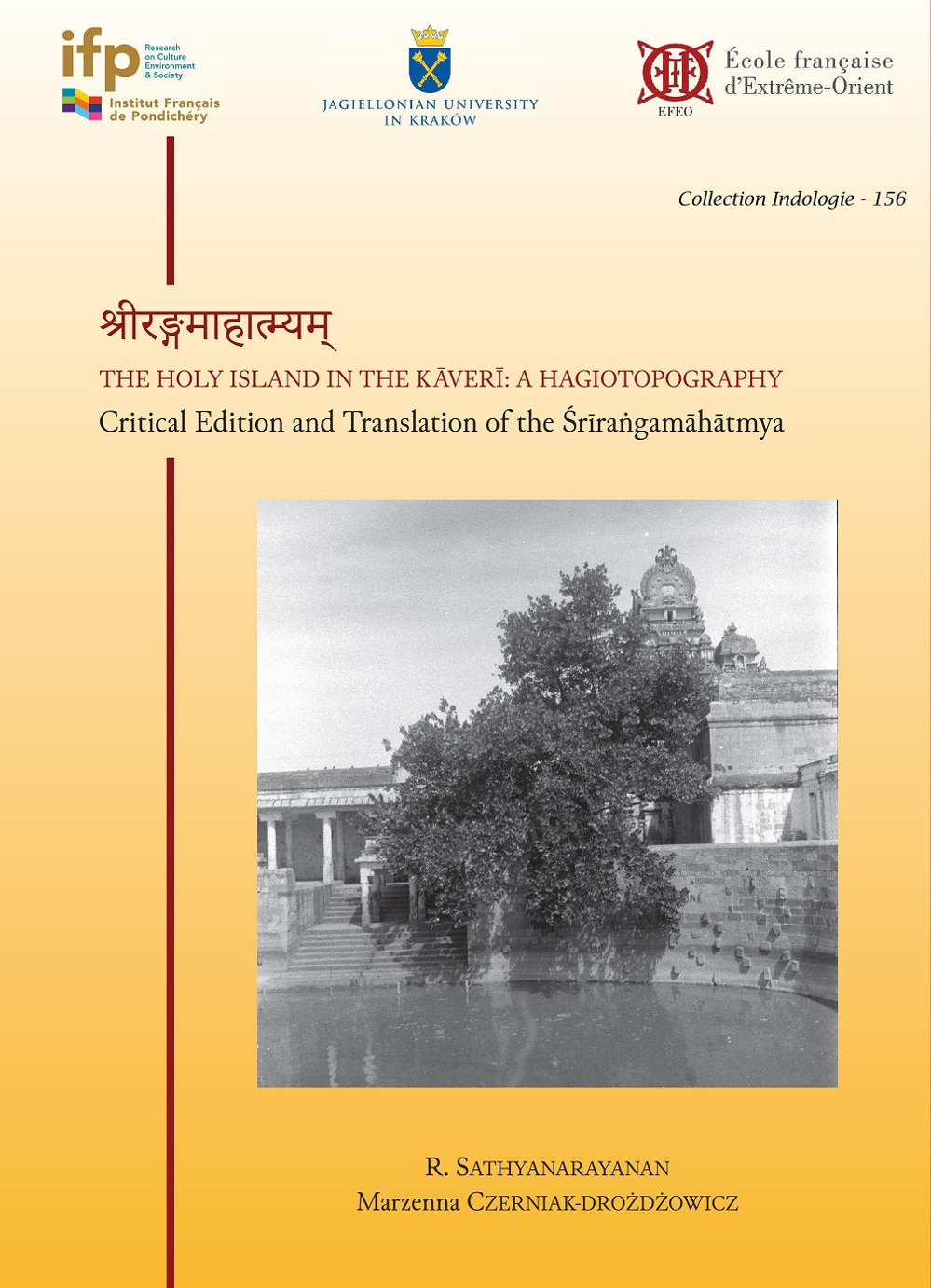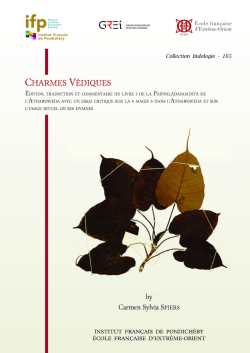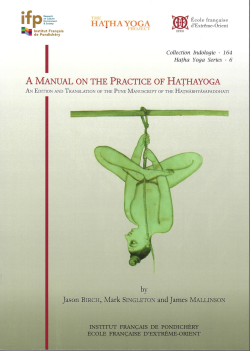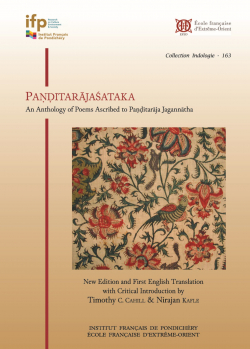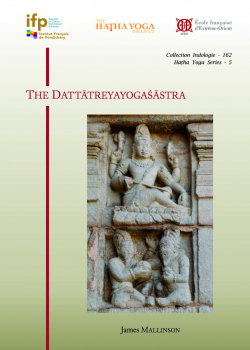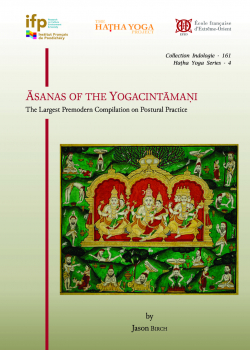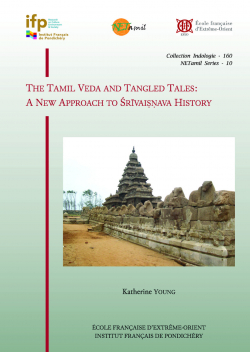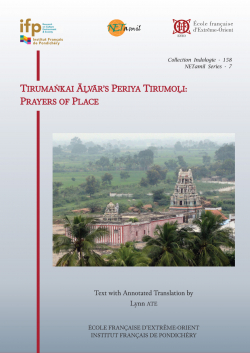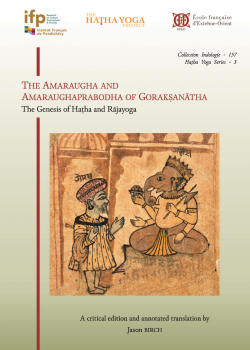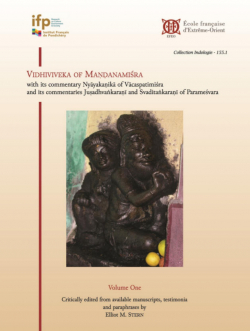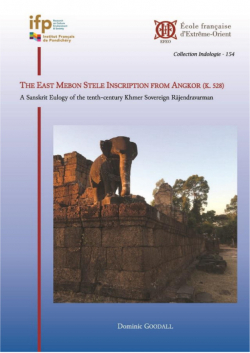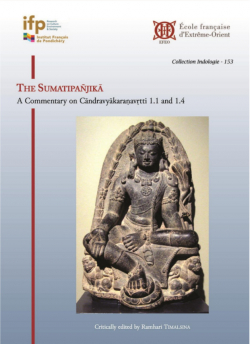The catalog of EFEO Publications includes works on a wide range of disciplines in the humanities and social sciences (archaeology, history, anthropology, literature, philology, etc.), centered on Asia, from India to Japan.
These publications address both specialists, and a wider public interested in Asian civilizations and societies.
The Holy Island in the Kāverī: a Hagiotopography
Critical Edition and Translation of the Śrīraṅgamāhātmya
Collection : Collection Indologie
Collection's number: 156
Editor: R. Sathyanarayanan, Czerniak-Drożdżowicz (Marzenna)
Edition: EFEO, Institut français de Pondichéry (IFP), Jagiellonian University in Krakow
Publication date: 2023
Status : Available
33,00 €
ISBN-13 : 9782855392622
ISSN : 0073-8352
Width : 17.5 cm
Height : 24.5 cm
Weight : 0.44 kg
Number of pages : 230
Distributor : EFEO Diffusion, EFEO Pondichéry Contact : shanti@efeo-pondicherry.org
Geography : India
Language : Sanskrit
Place : Pondichéry
Support : Papier
Description :
17,5 x 24,5 cm, 230 p., English, Sanskrit
Abstract
Table of contents
Notes
You can also order this title with our Pondicherry center at the following address:
shanti@efeo-pondicherry.org
Or with the French Institute of Pondicherry at the following address:
library@ifpindia.org
Orders to India must be placed with our center in Pondicherry or the French Institute of Pondicherry.
